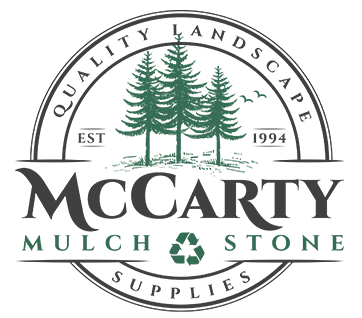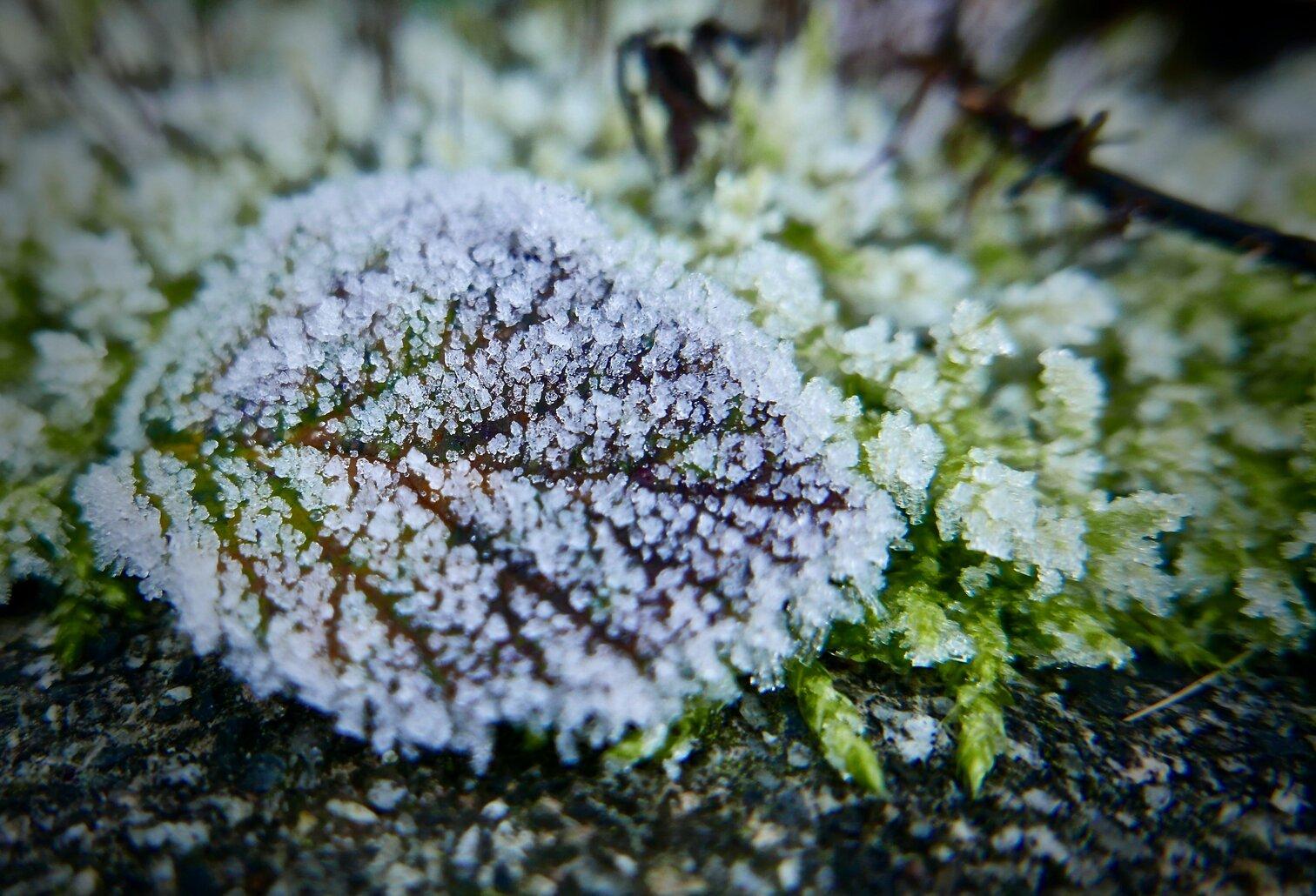Tips for Winter Mulching in Cold Climate Gardens
Residing in a region exposed to freezing winter conditions demands you protect your outdoor plants from the damaging cold. Mulching gives your garden the insulation it needs from the continuous freezing and thawing cycle it faces in the colder months.
The roots of your plants stay warmer for longer when you undertake winter mulching in a cold climate. The ideal winter mulch is coarse in texture and facilitates adequate water and airflow, besides providing insulation.
Purpose and process
Winter mulching involves covering your garden beds with a generous layer of organic material. Since organic mulches consist of natural materials, they gradually decompose while improving the condition of your soil.
Mulching your garden for the winter serves the following purposes:
- Extends the harvest season when it comes to hardy annual crops
- Safeguards woody and herbaceous perennial plants from repeated thawing and freezing cycles
- Equips fragile young plants to build their tolerance for cold
- Protects bare soil from erosion and losing precious nutrients
Valuable tips for winter mulching in a cold climate
Time it right
You may be tempted to commence the process early, but it pays to wait. It is advisable to apply insulating material after the perennial plants become dormant and the soil begins to harden.
Once your garden receives its first dose of hard frost, you can achieve your goal of preventing the soil from warming. Annual crops, however, need to be mulched before the ground freezes. Extra layers of insulation around two feet thick prevent the soil from freezing.
Be generous
After removing all the weeds present around your plants, spread four inches or more of mulch around the base of each plant. When you undertake this exercise for small fruit trees or shrubs, preferably leave some space around the stems to prevent a rodent attack. Exceptionally cold and windy sites necessitate deeper mulching.
Cover your mulch
It is essential to cover the mulching material with a garden blanket or old sheet to keep winter storms from blowing it all away. You can secure such covering with sturdy logs or rocks.
Avoid plastic covers as this material tends to heat up on sunny days and may cause your plants to burn. Use tall stakes to mark your plant beds so you can trace them even under feet of snow.
Wisely select mulch material
Wood chips are ideal for perennials and woody plants as they break down and keep small rodents at bay. Straw adequately protects strawberries and annual crops like kale and carrots.
Chopped, whole or shredded leaves work for veggies and are a free source of winter mulching in a cold climate. Pine needles suit onion and garlic beds while sawdust saves perennials like small fruits and berries from icy conditions.
Remove mulch when you notice new growth
Once your winter mulch serves its purpose, it must be removed to allow your plants to grow actively. New growth sprouting is an indication to remove the excess mulch that smothers young shoots when left for too long.
Winter mulching allows your cold climate garden to withstand harsh weather and emerge refreshed once the chill settles. Source quality munch from a renowned supplier for your much-loved garden.




